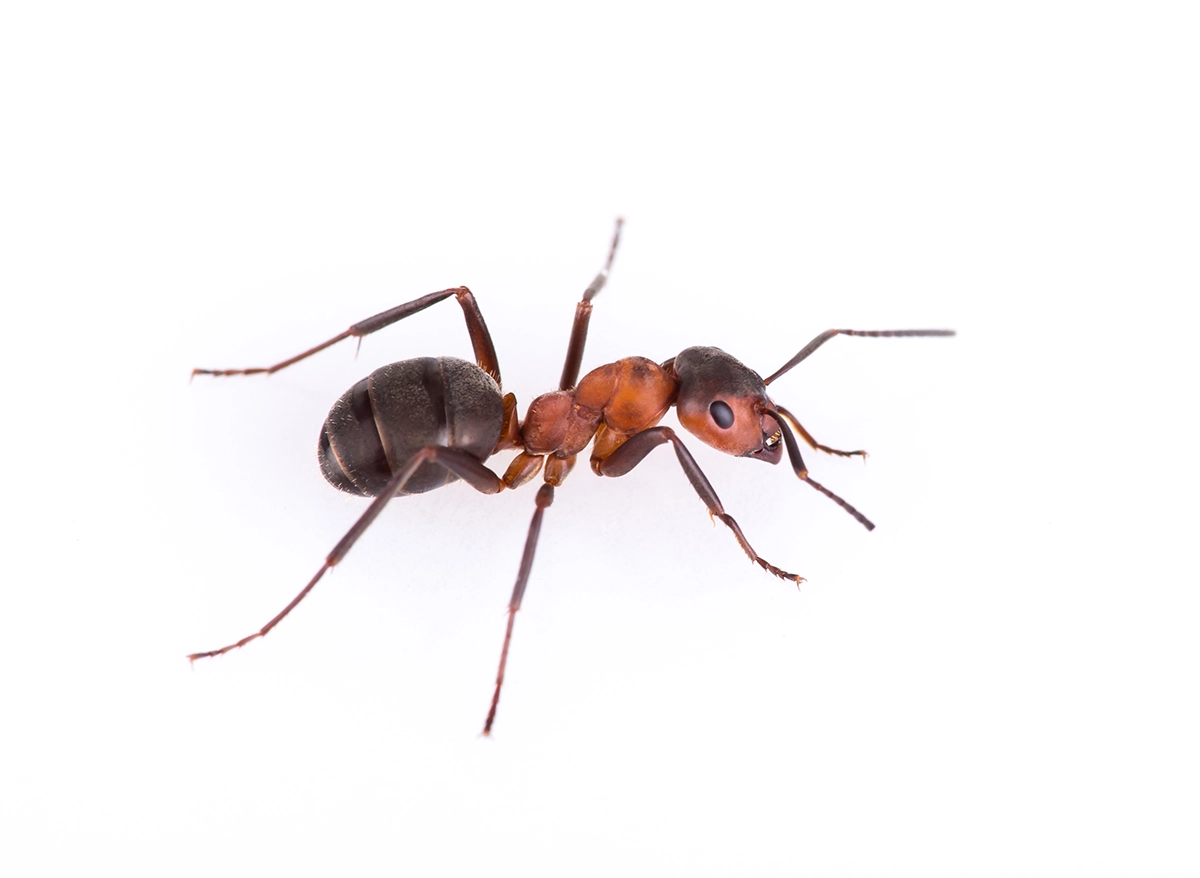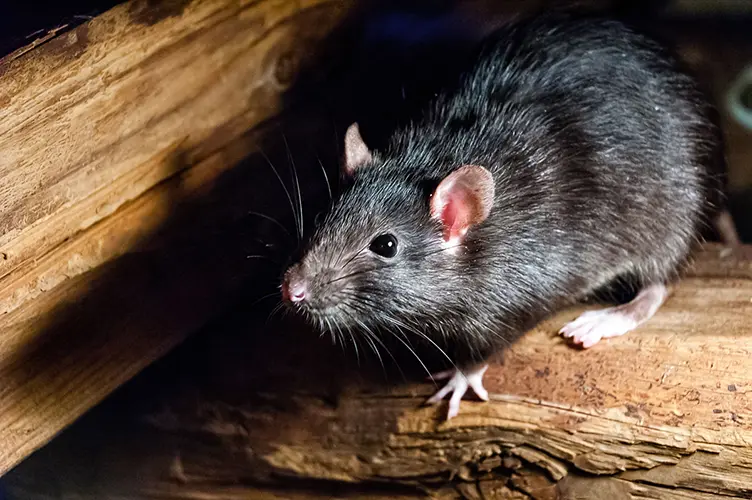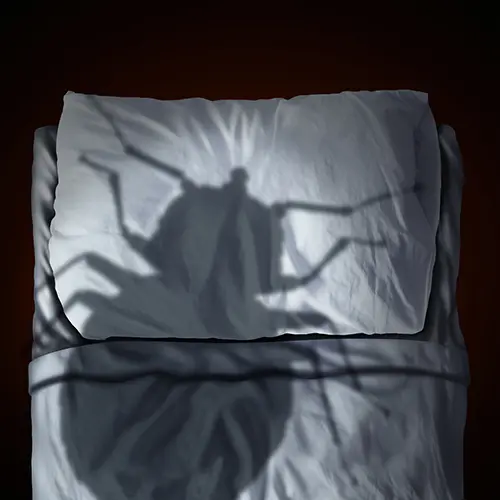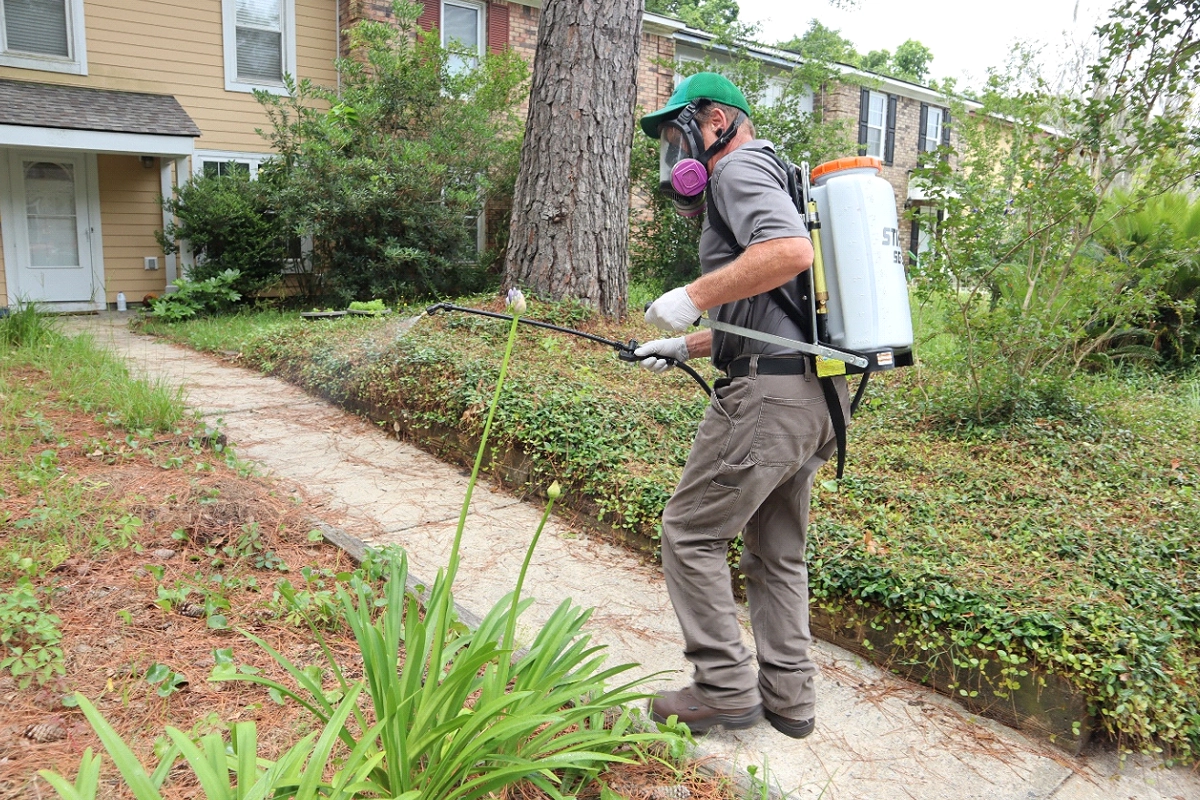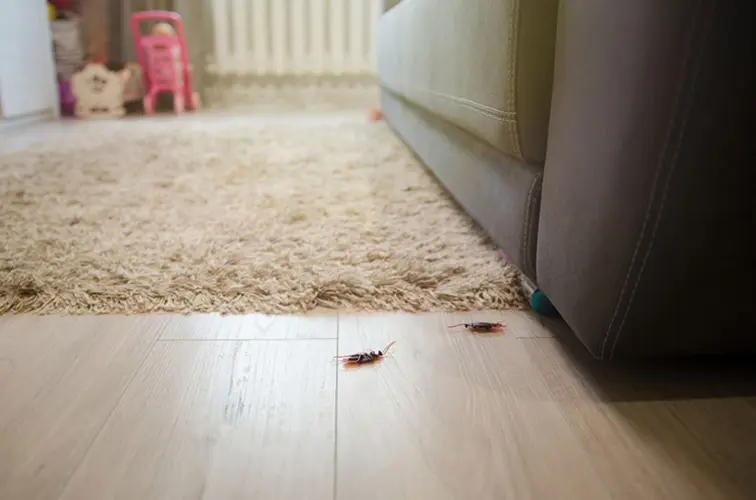As the snow melts away and the temperatures begin to rise, Alaskans eagerly welcome the arrival of spring! However, along with the blooming flowers and chirping birds, springtime also brings an unwelcome guest: rats. These resilient rodents are known to thrive in urban and suburban areas, posing a threat to both property and health. Let’s delve into the world of rat infestations in Alaska during the springtime and explore effective pest management strategies.
- Understanding Rat Behavior in Spring:
-
- During the spring months, rats become more active as they search for food and suitable nesting sites.
- Warmer temperatures encourage rats to reproduce rapidly, leading to an increase in infestation rates.
- Rats are attracted to sources of food, water, and shelter, making residential areas particularly vulnerable to infestations.
- Signs of Rat Infestation:
-
- Droppings: Look for small, dark droppings in and around the home, especially in areas where food is stored, or garbage is kept.
- Gnaw Marks: Rats have strong teeth and will gnaw on wood, plastic, and even electrical wiring, leaving behind noticeable damage.
- Strange Noises: Rats are nocturnal creatures, so listen for scratching or scurrying sounds in walls, ceilings, or attics during the night.
- Prevention and Control Measures:
-
- Seal Entry Points: Inspect the exterior of your home for any gaps or cracks that rats could use to gain entry and seal them with caulk or steel wool.
- Secure Food Sources: Store food in airtight containers, clean up spills promptly, and avoid leaving pet food out overnight.
- Remove Clutter: Declutter your yard and eliminate hiding spots such as overgrown vegetation and piles of debris.
- Professional Assistance: If rat infestations persist, consider seeking the help of a licensed pest control professional who can safely and effectively eradicate the problem.
Springtime brings renewed energy and growth to Alaska, but it also heralds the return of pesky pests like rats. By understanding their behavior, recognizing the signs of infestation, and implementing preventive measures, homeowners can protect their properties and enjoy a pest-free spring season.

